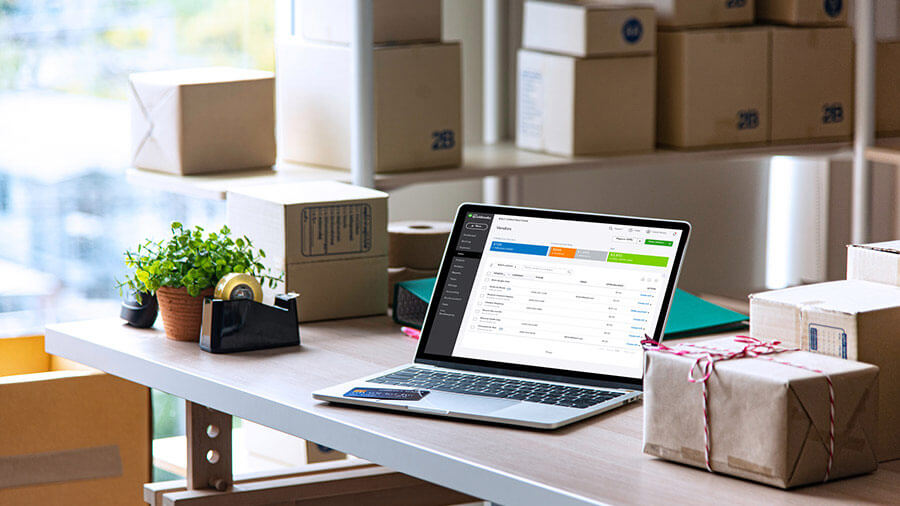Intro to Inventory Management
Many entrepreneurs wing it when their businesses first get running. They hustle to meet order demands and keep customers happy – often without a formal order fulfillment and inventory management system behind them.
While this can work at a small scale, once those orders start ramping up, most entrepreneurs find that they need something a little more structured. This is where inventory management comes in.
So if you’re finding that you need a better way to fulfill orders for your happy customers, then read on.


